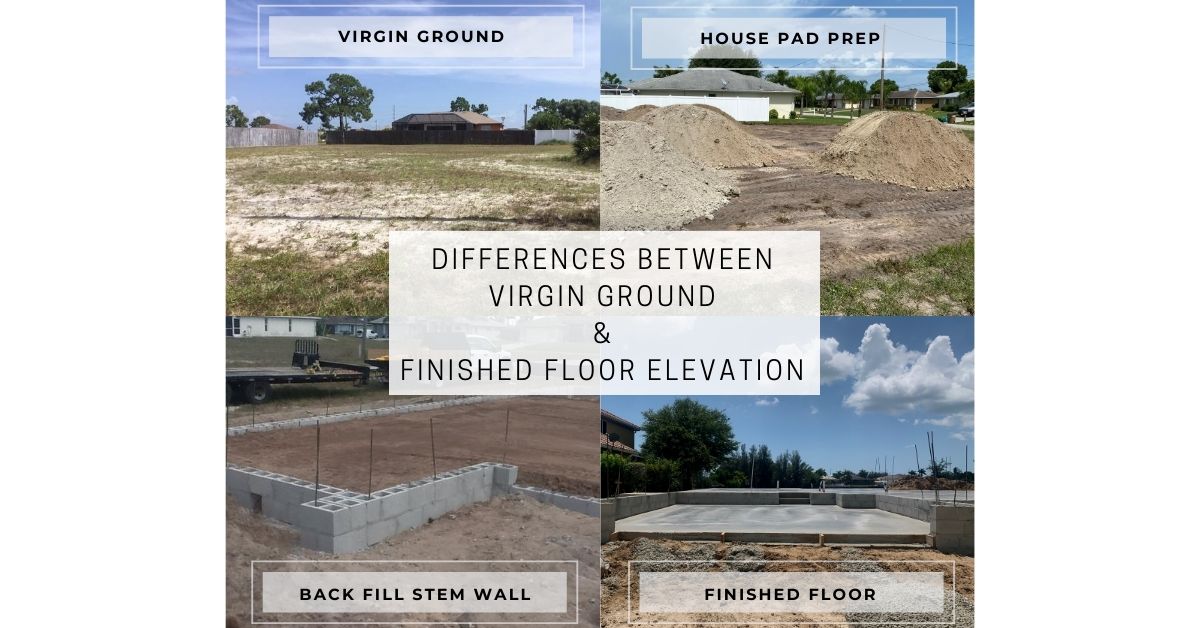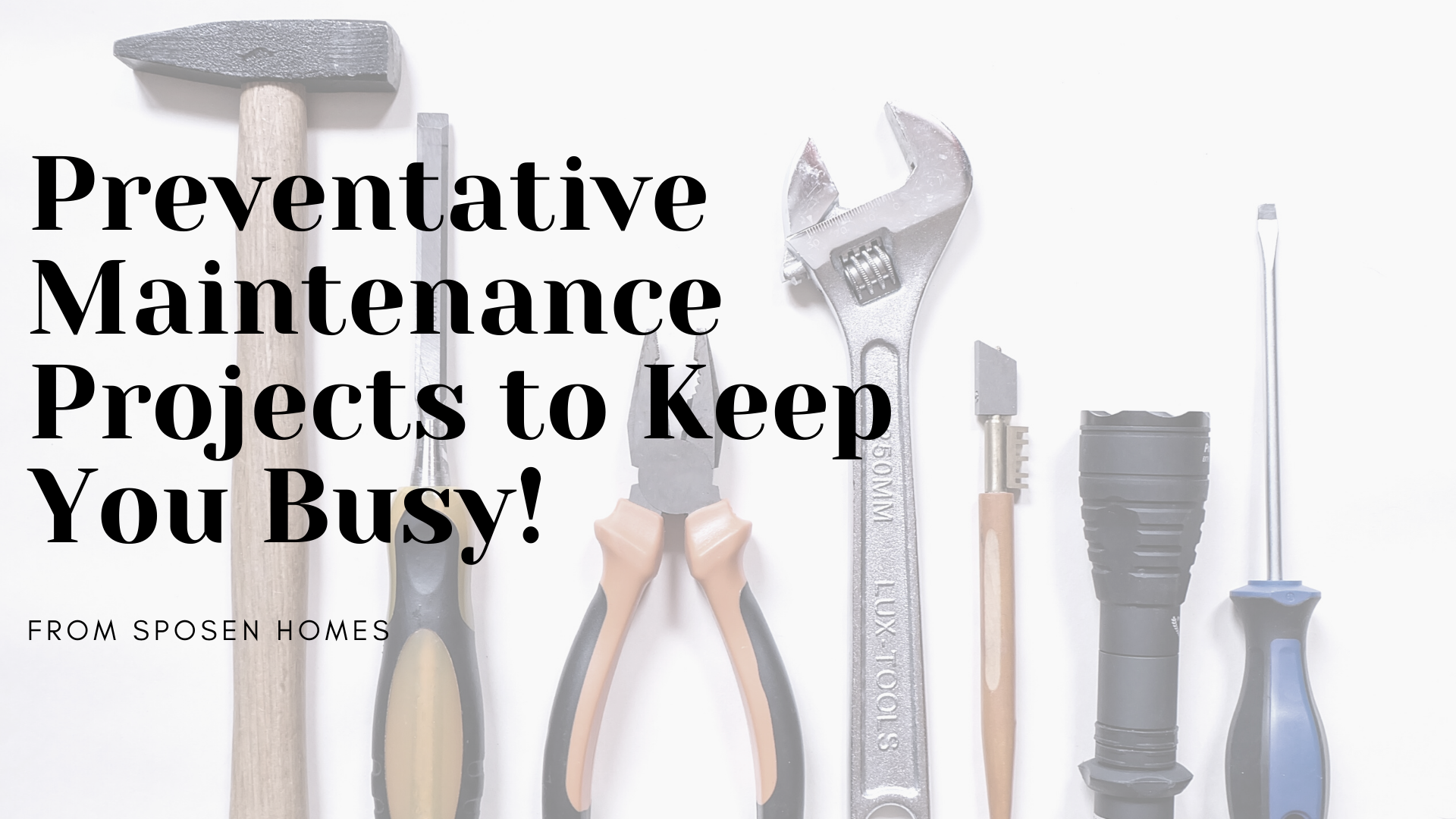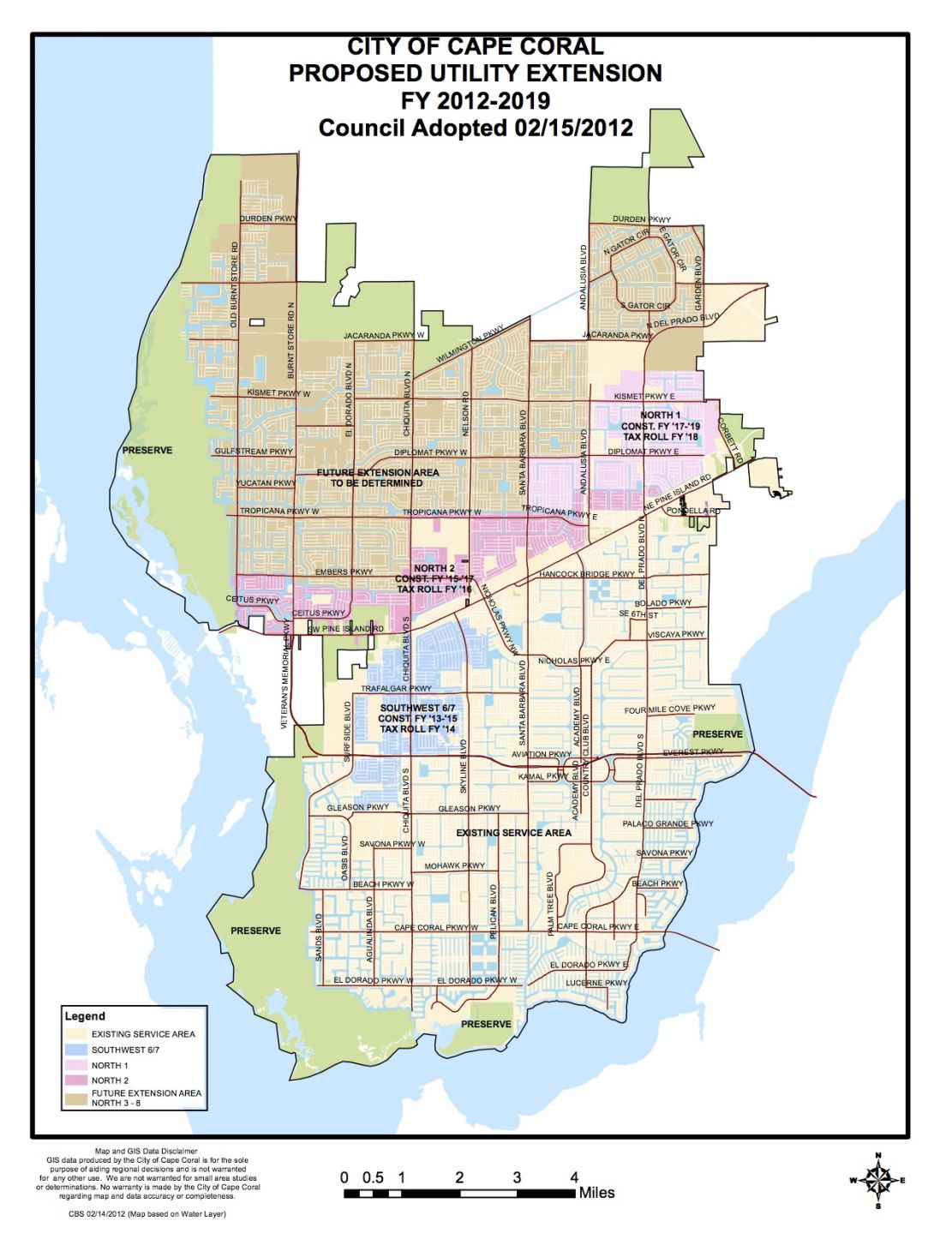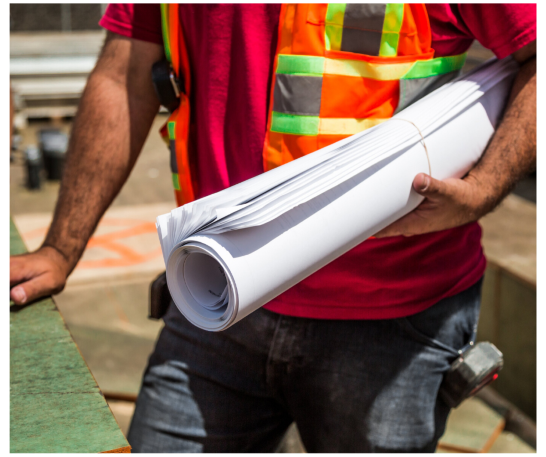We are fortunate to have a buzzing wildlife here in Cape Coral, Florida. There are many species of endangered birds and reptiles that thrive in our estuary rich environment. One of those, the coveted Bald Eagle is very well known around the country and has called our area home for years. The Florida Fish and Wildlife Conservation Commission has classified the Bald Eagle as a threatened species and with this protection, the population has grown over the years.
Active and Alternate Nest Locations
Many precautions have been put into place to further the population. One of those is a protection order placed around their active and alternate nests around the city. (See map below.) Land deemed essential to the feeding, sheltering or other vital behavior patterns to the Eagle during their breeding season, which runs October 1st through May 15th, is monitored closely by the city.










